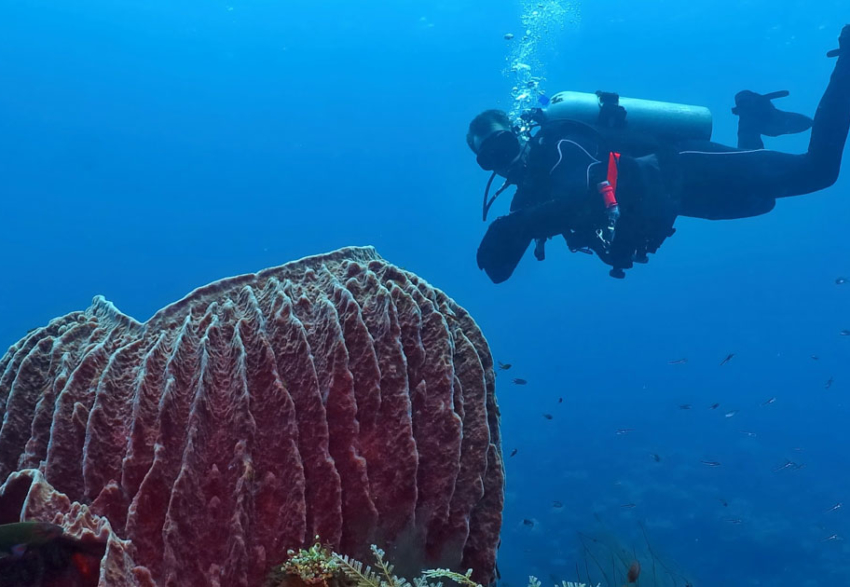
A new chemotherapeutic agent (Peloruside A) was developed from a marine sponge that lives in the Pelorus Sound of New Zealand. Because this agent binds to a different protein site than that used by the taxoid drugs, it may synergize with these agents. Synergistic drug combinations are promising treatments for a variety of diseases, not only for their enhanced efficacy, but also for potential reductions in toxicity. Statistical assessment of synergy, however, is complex and debates rage over the correct methodology. Developing appropriate methodology for a particular application should include consideration of the sources of variability inherent in the experimental design (such as plate-to-plate and well-to-well variability in in-vitro studies). We developed a new method that extends the simple model-free design of Laska et al. to incorporate plate-to-plate and well-to-well variability, while improving the power and robustness of the method (Kelly et al. 2012; Wilmes et al. 2007).

